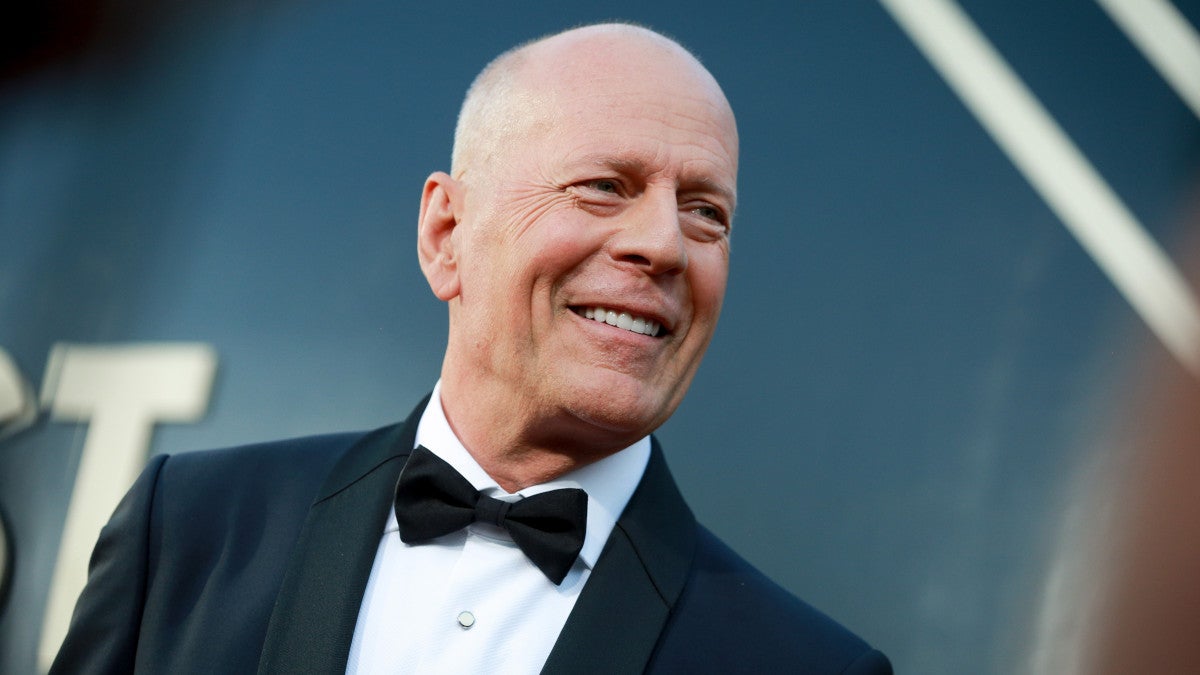I just note cynically that no where is it actually stated whether the intended or expected result was actually to increase the orbital period rather than shorten it: the release uses the ambiguous term "change" twice.

I'm not sure what you're getting at here.
Whether the orbital period was increased or decreased (or the path altered, which in part implies the same thing but not in totality), the object of this was to attempt to alter the orbital dynamics of the asteroid by a means readily available with current technology, then observe the effects to determine if we are, indeed, capable of causing significant changes.
It's quite literally a proof of concept. From this proof of concept comes a wealth of information about how such orbital changes can be made and what kinds of things may influence these changes so that future attempts can be better tailored to specific needs.
One of the things that has come about from this has to do with how this particulary approach works with this type of asteroid. Accurate determination of asteroid type may be crucial towards determining what type of deflection methodology would be most effective. Dimorphos is apparently an aggregate type asteroid, essentially a pile of rubble loosely held together by gravity. How this particular technique might work on a solid, rocky asteroid would likely be different.
I suspect future tests will involve similar impact studies on other asteroid types, as well as deployment of alternate technologies. For instance, we've proven that it's possible to land probes on asteroids (Hayabusa2 - launched in 2014, Osiris-Rex - launched in 2016, and NEAR Shoemaker - launched in 1996), we could send an ion-drive probe to an asteroid and use it to alter the velocity of an asteroid in order to change it's orbital dynamics. Also, could a series of small explosions be used to accomplish this?
What works best is a function of many different factors. But at this stage in the game, simply determining what works at all is huge.


